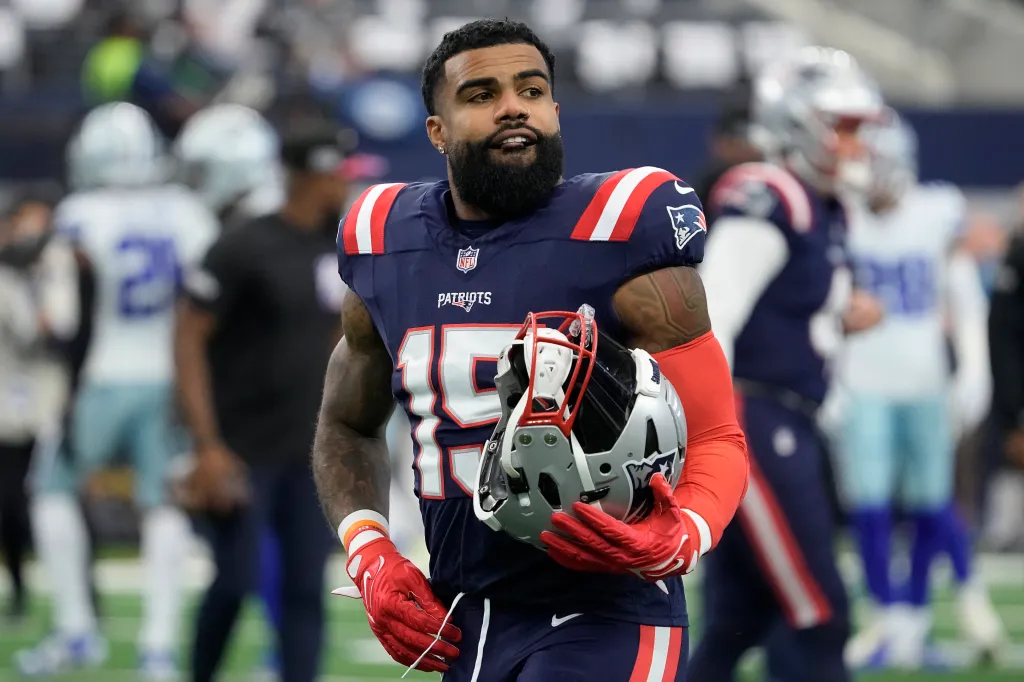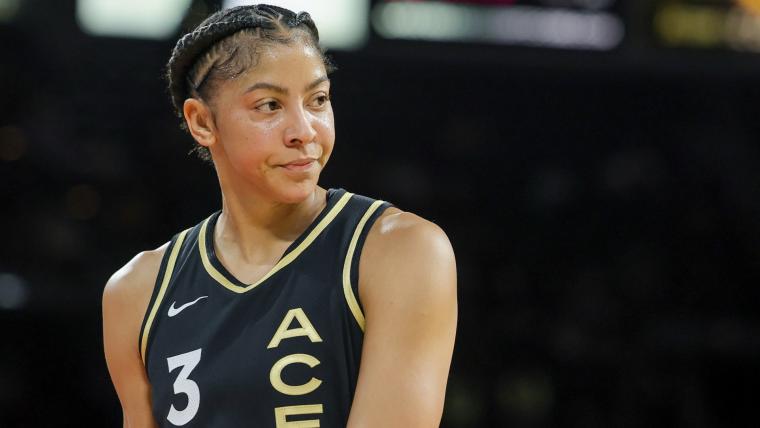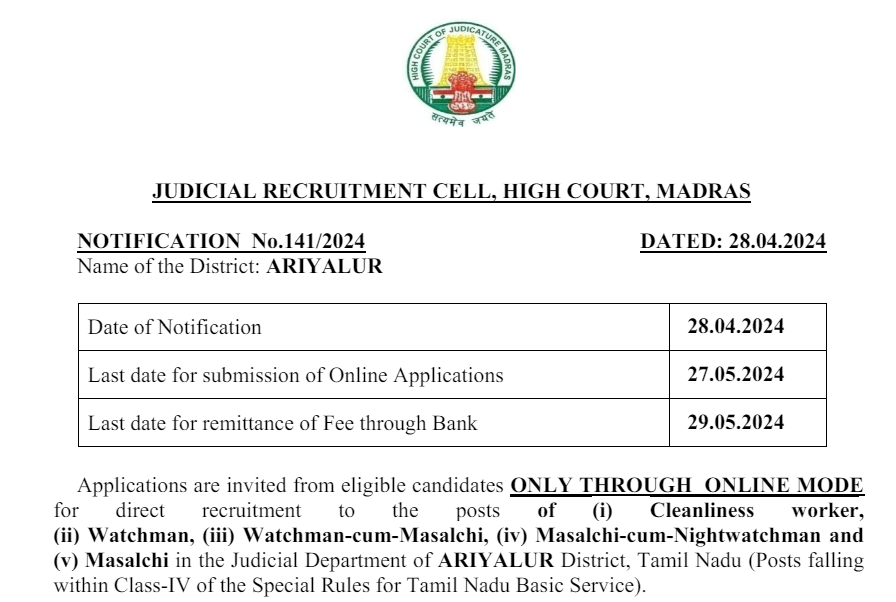Thermodynamics Expected MCQ PDF 1

Category –EE Online Test
Telegram-Join Us On Telegram
Attempt Free Thermodynamics Expected MCQ PDF 1 Here. Read The Important Electrical MCQ From Below.
1) The energy of an isolated system
a. is always decreasing
b. is always constant
c. is always increasing
d. none of the above
ANSWER: is always constant
2) The term which can differentiate thermodynamics from other sciences is ____.
a. Pressure
b. Temperature
c. Mass
d. none of the above
ANSWER: Temperature
3) The thermodynamic work done by the system on the surrounding is considered as ____.
a. positive
b. negative
c. neutral
d. none of the above
ANSWER: positive
Thermodynamics Expected MCQ PDF 1
4) When the heat transfer into a system is more than the work transfer out of the system, then
a. the internal energy of the system remains constant
b. the internal energy of the system decreases
c. the internal energy of the system increases
d. none of the above
ANSWER: the internal energy of the system increases
5) Practically heat and work are completely interchangeable forms of energy
a. True
b. False
ANSWER: False
Thermodynamics Expected MCQ PDF 1
6) First law of thermodynamics provides
a. a statement that energy balance occurs when a system undergoes the change of state or the process
b. a statement about whether the change of state or the process is at all feasible or not
c. both a. and b.
d. none of the above
ANSWER: a statement that energy balance occurs when a system undergoes the change of state or the process
7) The thermodynamic cycle in which net heat is transferred to the system and a net work is transferred from the system is called as
a. refrigeration cycle
b. heat engine cycle
c. both a. and b.
d. none of the above
ANSWER: heat engine cycle
Thermodynamics Expected MCQ PDF 1
8) Which of the following is NOT the heat engine cycle
a. refrigerator
b. stem power plant
c. mass of gas confined in a cylinder and piston machine
d. none of the above
ANSWER: refrigerator
9) Efficiency of heat engine cycle is the ratio of
a. total heat input to the cycle (Qin) to net work output of the cycle (Wnet)
b. net work output of the cycle (Wnet) to total heat input to the cycle (Qin)
c. net work output of the cycle (Wnet) to heat rejected from the system (Qout)
d. none of the above
ANSWER: total heat input to the cycle (Qin) to net work output of the cycle (Wnet)
10) A thermal energy reservoir (TER) has
a. a finite heat capacity
b. an infinite heat capacity
c. a finite mass
d. none of the above
ANSWER: an infinite heat capacity
Thermodynamics Expected MCQ PDF 1
11) Two reversible adiabatic paths
a. can intersect with each other
b. cannot intersect with each other
c. may intersect or may not intersect
d. none of the above
ANSWER: cannot intersect with each other
12) Which property of a system is constant in reversible adiabatic process?
a. pressure
b. volume
c. temperature
d. entropy
ANSWER: entropy
13) Thermodynamics is the study of
a. energy
b. equilibrium
c. entropy
d. none of the above
ANSWER: none of the above
Thermodynamics Expected MCQ PDF 1
14) What is the cyclic integral of dQ/T for reversible process?
a. less than zero
b. zero
c. more than zero
d. none of the above
ANSWER: zero
15) What is the cyclic integral of dQ/T for irreversible process?
a. less than zero
b. zero
c. more than zero
d. none of the above
ANSWER: less than zero
Thermodynamics Expected MCQ PDF 1
16) Any reversible path may be substituted by a reversible zigzag path between the same end processes such that the heat transfer during this zigzag path is equal to the heat transfer during original path. What are the processes involved in the zigzag path?
a. reversible polytropic and isobaric process
b. reversible polytropic and isothermal process
c. reversible adiabatic and isothermal processes
d. none of the above
ANSWER: reversible adiabatic and isothermal processes
Thermodynamics Expected MCQ PDF 1
17) When a system is taken from state A to state B through a reversible path 1 and again the system is taken to its initial state A from B through different reversible path 2, then what will be the effect on entropy?
a. entropy increases
b. entropy decreases
c. entropy remains constant
d. none of the above
ANSWER: entropy remains constant
18) What is the exergy of a system?
a. The minimum work that can be extracted from a system till it reaches thermodynamic equilibrium with its surroundings
b. The maximum work that can be extracted from a system till it reaches thermodynamic equilibrium with its surroundings
c. The maximum entropy that can be increased in a system till it reaches thermodynamic equilibrium with its surroundings
d. none of the above
ANSWER: The maximum work that can be extracted from a system till it reaches thermodynamic equilibrium with its surroundings
19) What is the effect on quality of the energy when it is conserved?
a. the quality of the energy increases while conserving its quantity
b. the quality of the energy decreases while conserving its quantity
c. the quality of the energy remains same while conserving its quantity
d. none of the above
ANSWER: the quality of the energy decreases while conserving its quantity
Thermodynamics Expected MCQ PDF 1
20) Which analysis/analyses is/are required to make energy conversion or energy conveying system more efficient?
a. First law or energy analysis
b. Second law or exergy analysis
c. Both a. and b.
d. None of the above
ANSWER: Both a. and b.
21) What is a pure substance?
a. a homogeneous mixture of two substances of same composition
b. a substance with constant chemical composition throughout its mass
c. both a. and b.
d. none of the above
ANSWER: a substance with constant chemical composition throughout its mass
22) A pure substance exists in
a. solid phase
b. liquid phase
c. gaseous phase
d. all of the above
ANSWER: all of the above
23) What is a mole of a substance?
a. One mole has a mass numerically equal to half the molecular weight of the substance
b. One mole has a mass numerically equal to the molecular weight of the substance
c. One mole has a mass numerically equal to double the molecular weight of the substance
d. none of the above
ANSWER: One mole has a mass numerically equal to the molecular weight of the substance
Thermodynamics Expected MCQ PDF 1
24) According to the Avogadro’s law, what is the relation between volume of 1 kg mol of oxygen and volume of 1 kg mol of nitrogen, at normal pressure and temperature? (Mass of 1 kg mol of oxygen is 32 kg and mass of 1 kg mol
of nitrogen is 28 kg)
a. volume of 1 kg mol of oxygen is greater than that of nitrogen
b. volume of 1 kg mol of oxygen is less than that of nitrogen
c. volume of 1 kg mol of oxygen is same as that of nitrogen
d. none of the above
ANSWER: volume of 1 kg mol of oxygen is same as that of nitrogen
25) A single phase pure substance has following properties p, V, T, S, U, H, F (Helmholtz function) and G (Gibbs function). Any one in these properties may be expressed
a. as a function of the same property
b. as a function of any one other property
c. as a function of any two other properties
d. none of the above
ANSWER: as a function of any two other properties
26) Joule-Kelvin effect can be carried out by
a. throttling process of gas
b. Joule-Thomson expansion of gas
c. both a. and b.
d. none of the above
ANSWER: both a. and b.
Thermodynamics Expected MCQ PDF 1
27) What will be the net change in internal energy of working fluid of power cycle over the complete cycle?
a. net change in internal energy of working fluid will be positive
b. net change in internal energy of working fluid will be negative
c. no any net change in internal energy of working fluid
d. none of the above
ANSWER: no any net change in internal energy of working fluid
28) What is the relation between net energy transferred to unit mass of the working fluid as heat in the power cycle and net energy transfer as work from the working fluid in the same power cycle, if the cycle works ideally?
a. net energy transferred to unit mass of the working fluid as heat in the power cycle is greater than net energy transfer as work from the working fluid in the same power cycle
b. net energy transferred to unit mass of the working fluid as heat in the power cycle is less than net energy transfer as work from the working fluid in the same power cycle
c. net energy transferred to unit mass of the working fluid as heat in the power cycle is equal to net energy transfer as work from the working fluid in the same power cycle
d. cannot say
ANSWER: net energy transferred to unit mass of the working fluid as heat in the power cycle is equal to net energy transfer as work from the working fluid in the same power cycle
29) What is the formula for efficiency of vapour power cycle?
a. ηcycle = Wnet / Qin
b. ηcycle = (WT – WP) / Qin
c. ηcycle = (Qin – Qout) / Qin
d. all of the above
ANSWER: all of the above
Thermodynamics Expected MCQ PDF 1
30) Which processes do the Rankine cycle contain?
a. two isothermal and two isochoric processes
b. two isentropic and two isobaric processes
c. two isentropic and two isothermal processes
d. two isothermal and two isobaric processes
ANSWER: two isentropic and two isobaric processes
31) At ideal condition of vapour power cycle, reversible constant pressure heat rejection is carried out at
a. boiler
b. turbine
c. condenser
d. feed pump
ANSWER: condenser
32) Which ideal process is carried out at the turbine in vapour power cycle?
a. reversible adiabatic compression
b. reversible adiabatic expansion
c. reversible constant pressure heat addition
d. reversible constant pressure heat rejection
ANSWER: reversible adiabatic expansion
33) In the T-s diagram of vapour power cycle, what is the condition of stem at the starting of turbine expansion?
a. wet with dryness fraction 0.8
b. wet with dryness fraction 0.99
c. dry saturated
d. superheated
ANSWER: dry saturated
Thermodynamics Expected MCQ PDF 1
34) The engines which are operating on gas power cycle are
a. cyclic
b. non-cyclic
c. either cyclic or non-cyclic
d. none of the above
ANSWER: either cyclic or non-cyclic
35) Internal combustion engine is the example of
a. cyclic heat engine
b. non-cyclic heat engine
c. both a. and b.
d. none of the above
ANSWER: non-cyclic heat engine
36) The cycle which consists of two reversible isotherms and two reversible isochores is called as
a. Rankine cycle
b. Carnot cycle
c. Stirling cycle
d. Ericsson cycle
ANSWER: Stirling cycle
Thermodynamics Expected MCQ PDF 1
37) Two reversible isothermal processes and two reversible isobaric processes are carried out in
a. Rankine cycle
b. Carnot cycle
c. Stirling cycle
d. Ericsson cycle
ANSWER: Ericsson cycle
38) Which thermodynamic cycle, for the same condition, has highest efficiency among the others?
a. Carnot cycle
b. Stirling cycle
c. Ericsson cycle
d. None. All of the above have same efficiency
ANSWER: None. All of the above have same efficiency
39) What is the correct formula for net work done of reciprocating engine?
a. Wnet = mean effective pressure × clearance volume
b. Wnet = mean effective pressure × total volume of cylinder
c. Wnet = mean effective pressure × displacement volume
d. none of the above
ANSWER: Wnet = mean effective pressure × displacement volume
40) What is the reason of the fact that the internal combustion engine does not complete thermodynamic cycle?
a. because every time fresh air is taken inside the engine and combustion products are thrown out of the engine
b. because permanent chemical change is undergone by the working fluid in combustion chamber
c. both a. and b.
d. none of the above
ANSWER: both a. and b.
Thermodynamics Expected MCQ PDF 1
41) The heat pump
a. receives heat from high temperature region and discharge it to low temperature region with production of useful work
b. receives heat from low temperature region and discharge it to high temperature region with production of useful work
c. receives heat from high temperature region and discharge it to low temperature region with utilization of external work
d. receives heat from low temperature region and discharge it to high temperature region with utilization of external work
ANSWER: receives heat from low temperature region and discharge it to high temperature region with utilization of external work
42) What is correct formula for calculating COP of heat pump?
a. [COP]H. P. = Q1 / W
b. [COP]H. P. = Q2 / W
c. [COP]H. P. = W / Q1
d. [COP]H. P. = W / Q2
ANSWER: [COP]H. P. = Q1 / W
43) How is the COP of a refrigerator calculated?
a. [COP]Ref. = Q1 / W
b. [COP]Ref. = Q2 / W
c. [COP]Ref. = W / Q1
d. [COP]Ref. = W / Q2
ANSWER: [COP]Ref. = Q2 / W
Thermodynamics Expected MCQ PDF 1
44) Where is main concentration in refrigeration for its calculation?
a. high temperature reservoir
b. low temperature reservoir
c. both high temperature and low temperature reservoirs
d. none of the above
ANSWER: low temperature reservoir
45) What is the relation between [COP]H. P. = [COP]Ref.?
a. [COP]H. P. = [COP]Ref.
b. [COP]H. P. + [COP]Ref. = 1
c. [COP]H. P. – [COP]Ref. = 1
d. [COP]H. P. × [COP]Ref. = 1
ANSWER: [COP]H. P. – [COP]Ref. = 1
46) What is the effect of decrease in temperature difference between two reservoirs of heat pump on its COP?
a. COP increases with decreases in temperature difference between two reservoirs
b. COP decreases with decreases in temperature difference between two reservoirs
c. COP does not affected by change in temperature difference between two reservoirs
d. cannot say
ANSWER: COP increases with decreases in temperature difference between two reservoirs
47) Dry air does NOT contain
a. krypton
b. argon
c. neon
d. none of the above
ANSWER: none of the above
Thermodynamics Expected MCQ PDF 1
48) The ratio of partial pressure of water vapour in a mixture to the saturation pressure of water at the same temperature of the mixture is called as
a. humidity
b. partial humidity
c. specific humidity
d. relative humidity
ANSWER: relative humidity
49) What is the specific humidity?
a. the ratio of the mass of water vapour to the mass of the total mixture of air and water vapour
b. the ratio of the mass of dry air to the mass of the total mixture of air and water vapour
c. the ratio of the mass of dry air to the mass of water vapour in a mixture of air and water vapour
d. the ratio of the mass of water vapour to the mass of dry air in a mixture of air and water vapour
ANSWER: the ratio of the mass of water vapour to the mass of dry air in a mixture of air and water vapour
Thermodynamics Expected MCQ PDF 1
50) The boiler in which the tubes are surrounded by hot gases is called as
a. fire tube boiler
b. water tube boiler
c. both a. and b.
d. none of the above
ANSWER: water tube boiler
Thermodynamics Expected MCQ PDF 1














